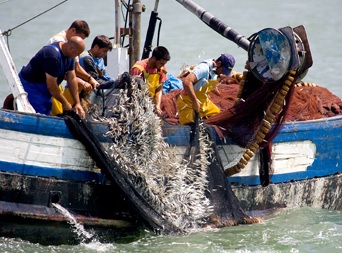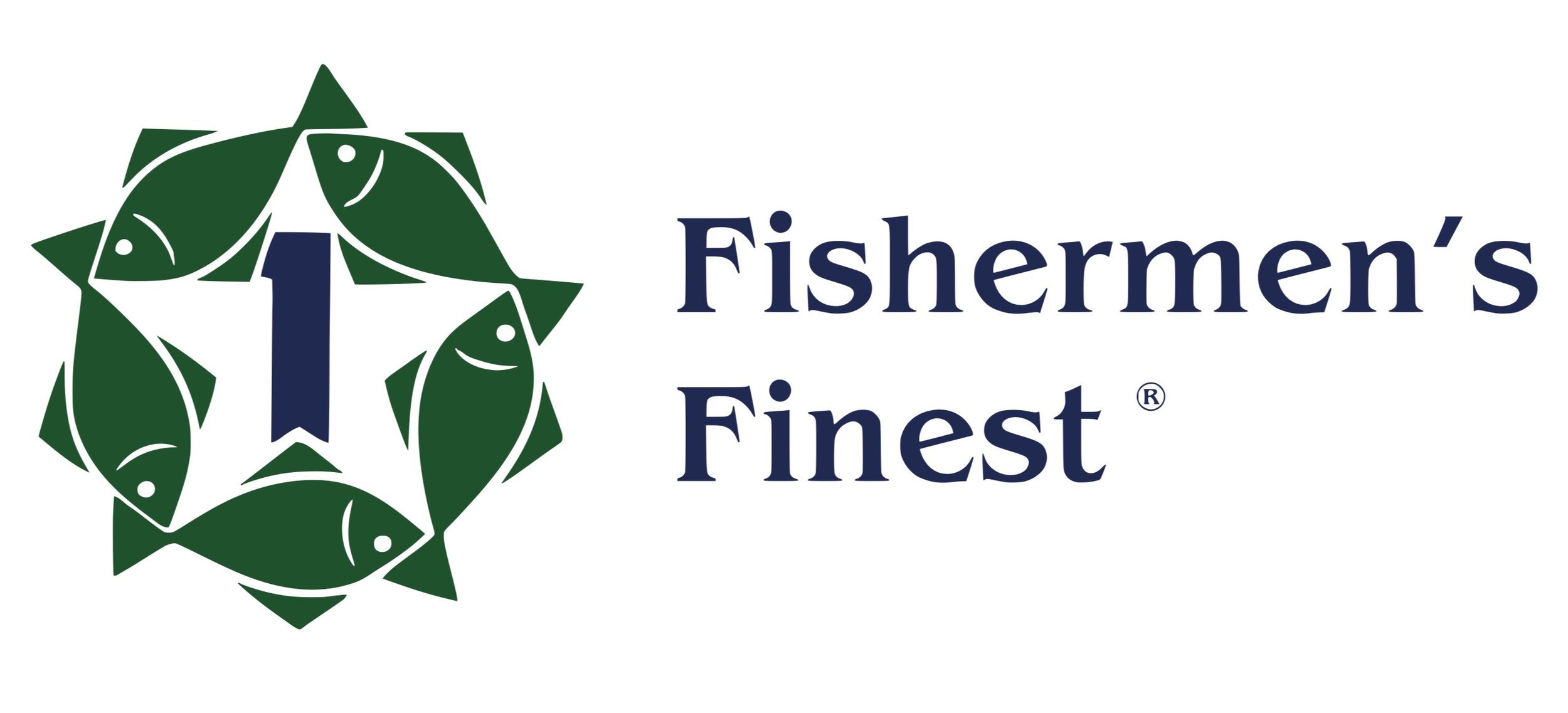Bycatch - New Thinking Needed
Editors View: Wrestling with Bycatch Means New Thinking Needed
SEAFOODNEWS.COM [The Editors View] by John Sackton - April 9, 2015

Bycatch is becoming a huge issue in Alaska fisheries, even as the industry makes incredible advances in reducing bycatch of all kinds.
Maybe it is time to rethink bycatch.
Our present system - established in laws and regulations, is that bycatch is wrong. Non-target species, and the wrong sizes of fish, should not be caught, and in an ideal world their numbers would be reduced to zero.
So part of the National Standards, under Magnuson Stevens, is to reduce bycatch whenever possible.
In Alaska, many of the rules about bycatch are written into laws. For example, with halibut, it is illegal for anyone with gear other than longline to possess halibut.
There is a great deal of attention paid to prohibited species bycatch, whether it is chinook salmon in pollock trawls, halibut in flatfish trawls, rockfish of the wrong species, or even non-target species such as the short tailed albatross, where a single bird killed by longline can shut down a fishery.
I would argue that the industry as a whole has about reached the limits of bycatch reduction through gear improvements, changes in fishing strategy and season, cooperative allocations, and individual vessel responsibility.
In reaching these limits they have been remarkably successful. The rebuilding of threatened rockfish populations in the pacific came about far more rapidly due to the skill with which the whiting fleet has avoided catching the most protected species.
The pollock fleet in the Bering Sea has already reduced salmon bycatch, and has a full monitoring system in place so the extent of salmon bycatch, even the genetic composition of bycatch, is well known. Nothing like this exists in any other pollock fishery in the world.
Later this year, the Council will have to address halibut bycatch reductions, and this week, they are discussing further options for reducing chinook bycatch in the Bering Sea and Gulf of Alaska.
But what if we have reached the limits of these measures.
The problem is that our fisheries, even single species fisheries like pollock, take place in an ecosystem that supports a range of species. On the fishing grounds there will inevitably be times when a non-target salmon is mixed in with the pollock catch, or when halibut is caught by pacific cod trawl gear.
In a traditional framework, the times and places for these interactions can be predicted, and they can be avoided to some extent. But we no longer have the luxury of fishing in a traditional framework.
Global warming and changing water temperatures in all the northern and southern oceans mean that the traditional stock behavior modeled by fisheries science may no longer apply.
A sudden spike in water temperature can move fish hundreds of miles in a single year or month. Rising temperatures have meant we have lost the predictability on which much of our fisheries science is based. It doesn’t mean the models all have to be thrown out, but that we are reaching the limits of our ability to predict small changes in variability - which is precisely what efforts to avoid bycatch depend on.
We see problems with sticking to our traditional approach. Different users, with different needs and dependence on various fisheries square off against each other. For example, we know that chinook salmon are decreasing across much of Western Alaska.
We don’t know if this is due to river conditions, changes in feed in the ocean, competition from other populations or any other reason. We do know that about 50% of the bycatch of chinook by pollock trawls is genetically tied to Western Alaska.
So currently the council is forced to act on an allocation fight for chinook salmon between villages who may depend on the fishery for subsistence, and multimillion dollar trawl companies that support one of the largest industries in Alaska. And are largely owned by the Western Alaska Community Development Corporations. How can there be an equitable allocation here? Isn't some larger framework needed to get all parties on the same side?
Next up is an allocation fight about halibut. Declines in the halibut stock have raised questions about the current bycatch caps, and binding promises to reduce them.
Is there an alternative?
I would say get rid of the word bycatch. Maybe Alaska is not ready to go to full retention of all non-target fish that cannot survive being returned to the ocean, but the concept of full retention is a good one, because it provides a totally accurate and verifiable picture of what is being removed from the ocean.
Further, it reduces waste because retained catch can be used in ways to provide value; and that value can be allocated among user groups.
When there is a gross discrepancy in economic value, such as there may be between a thousand tons of pollock and 10 chinook, or between a thousand pounds of cod and a single halibut, it makes no sense to avoid the issue.
All fisheries need access to some of the non-target species that may be caught, otherwise they cannot exist as commercial fisheries.
The allocation decisions might come easier if we broke down the walls that currently exist, where only the license holders have ‘good’ rights to the fish, and the ‘bycatch’ users are seen as interlopers who are fishing on the wrong species.
I will probably get lots of hate mail for suggesting this - but in my view all users of a given species should have some rights, and the managers must find a way to address this.
Read more about the Halibut debate before the NPFMC June 223rd Plenary Session in Sitka
